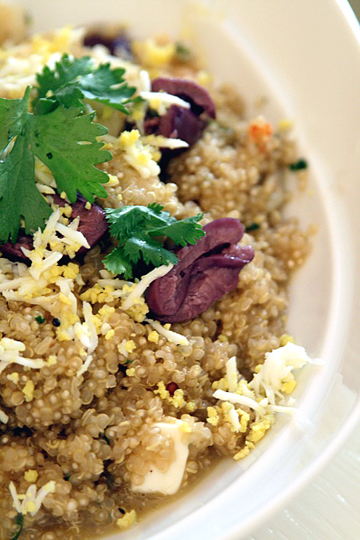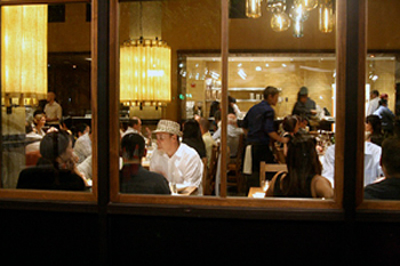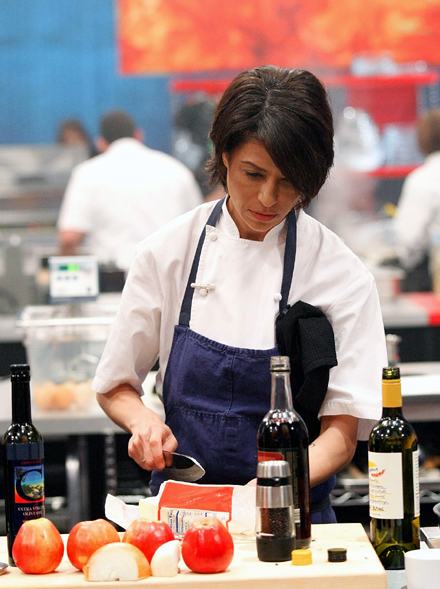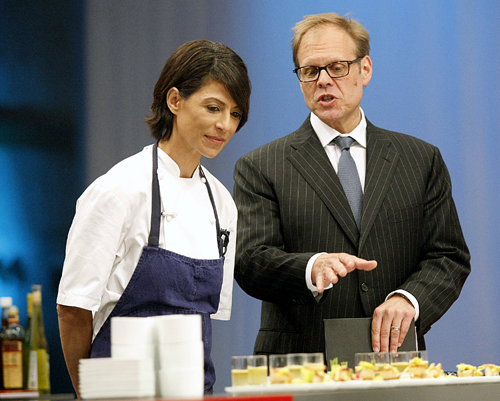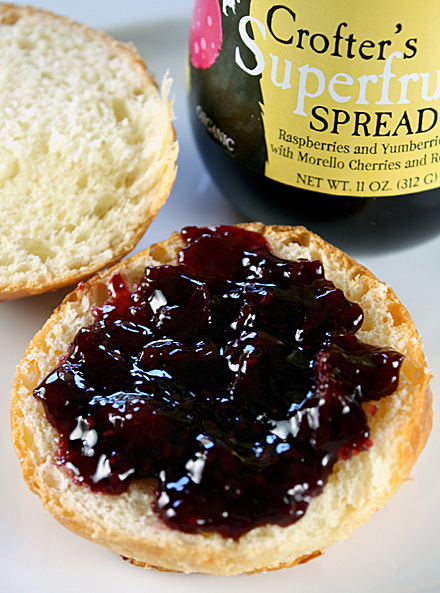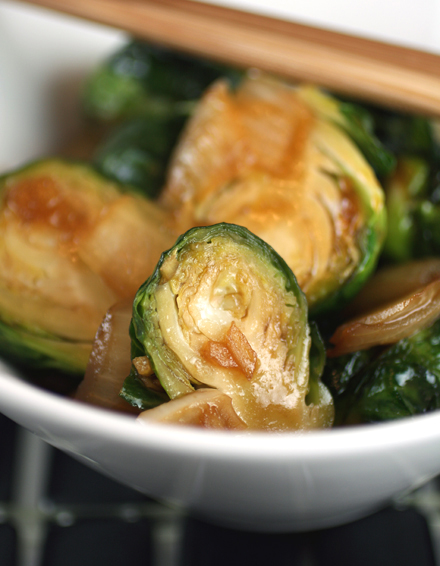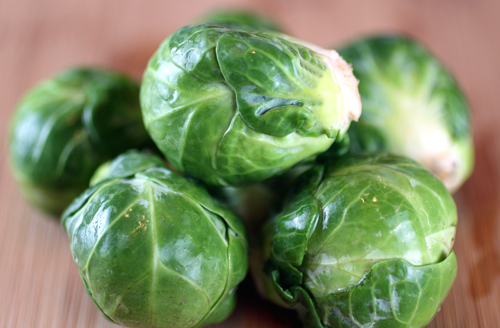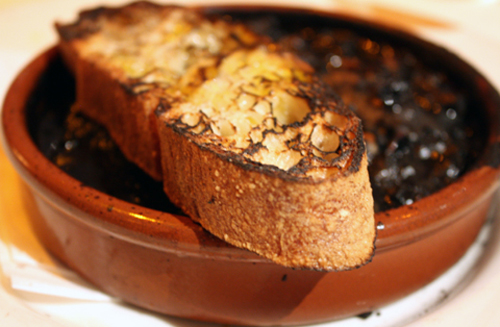
My husband and I play this game whenever we go out to eat somewhere new.
If the place is a true delight from food to ambience to price, we will invariably turn to one another and say, “If we lived here, this would be our neighborhood place.”
Peter McNee, chef of Poggio trattoria in Sausalito, laughed when I told him we’d already made that declaration about his restaurant from the moment the bread (a special order of just-baked shards of pizza dough, scattered with piney rosemary and drizzled with fruity extra virgin olive oil) was set down at our table. If only we didn’t live some 50 odd miles south, Poggio would definitely be our neighborhood haunt.
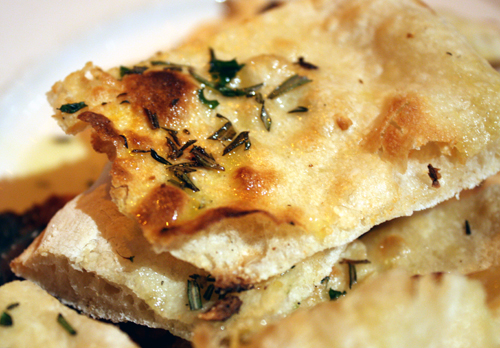
Turns out he plays that game, too, when he dines out. And so must the throngs of diners crowding the very lively Poggio the recent Saturday night when McNee invited me in to try his dishes. It was my first time at the nearly 6-year-old restaurant. Every seat was taken inside the warm dining room, the bustling bar, and at the outside tables where you can feel the gentle breeze from the Bay.
Seems like a lot of people are making this satisfying Northern Italian restaurant their neighborhood spot. They’re racking up smaller tabs now, a manager told us. And they are bringing in their own wine more often now to take advantage of the reasonable $20 corkage fee. But recession or no recession, diners continue to flock here.
It’s easy to see why. The cheery sommelier arrives at your table wearing suspenders and armed with the most colorful and memorable stories about the featured wines. Entree prices are moderate, considering the caliber of food and the amount of it. Portions are very generous here. Our half-orders of pasta resembled full-size plates at other establishments.
It’s a place where you can drop in for a Calabria pizza (Calabrian chile roasted pork, gypsy peppers, and picholine olives; $12) or a rustic spit-roasted goat leg with eggplant, and roasted onion and goat cheese gratin ($18).

The menu changes daily. From time to time, McNee also offers week-long specialty menus, including the “Festa de Pesce,” which we got to try the last night it was offered. This festival of seafood featured both cold and warm small-plate preparations of fresh local seafood.
After McNee told us how painstaking the stuffed calamari ($9) was to make, and how many pounds of squid bodies that he, himself, had to hand-stuff with a mixture of sofrito and diced squid tentacles, how could we not order it?
A shallow earthenware dish arrived as black as a Texas oil pool. The plump squid bodies were braised in their own ink. The squid were tender, and the sauce so deep, earthy, and complex that it was hard not to spoon up every drop.
From the “Festa de Pesce” menu, we also tried the local albacore crudo ($8), a mound of cubed buttery tuna with the refreshing hit of chile, lime, and mint.
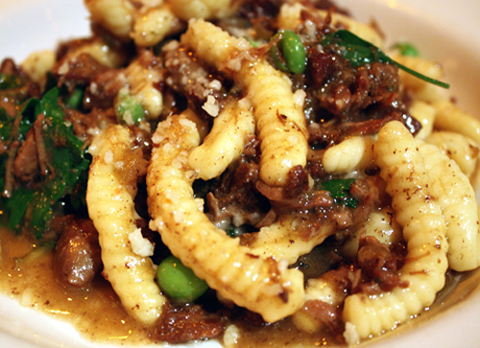
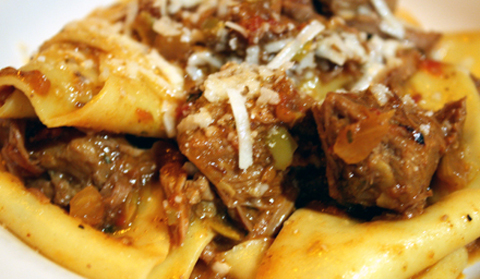
The two half-orders of pastas were not only ample in size, but plentiful with meat. The cavatelli with lamb sugo featured ridged, fresh pasta in a hearty, robust sauce. The pappardelle with slow-cooked veal and green olive sugo was a soul-satisfying dish with big chunks of fork-tender meat accented by salty, nutty Pecorino Romano.
Read more
